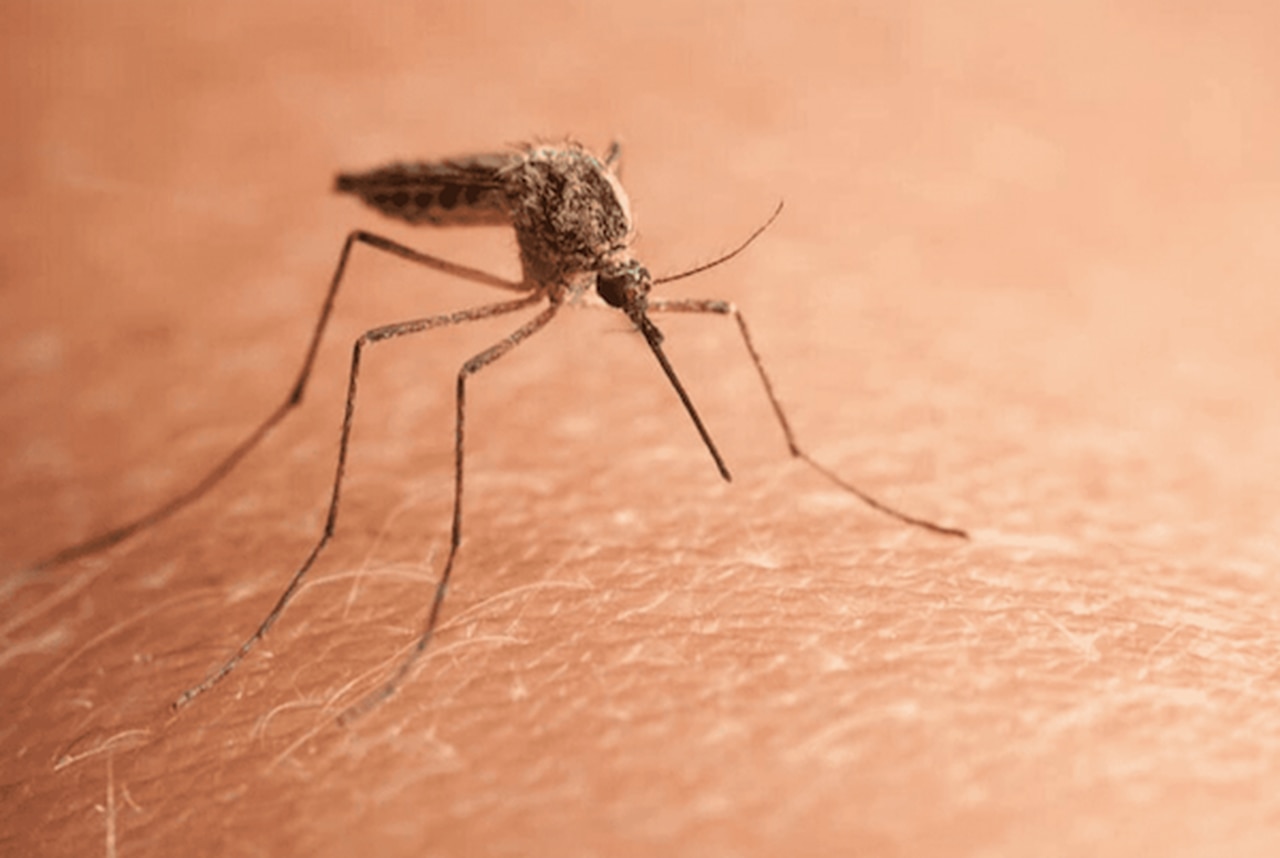Eastern Equine Encephalitis, mosquito-borne virus that killed Alabama girl, found in another state
Eastern Equine Encephalitis, the rare mosquito-borne virus blamed for the death of a 7-year-old Alabama girl, has been identified in another state, according to health officials.
The New York State Department of Health said it has confirmed the presence of EEE in horses in the northern counties of St. Lawrence and Franklin and in some mosquitos in Onodaga County, located in the central part of the state. There are currently no cases reported in humans.
“We encourage people living in or visiting these counties to take proactive measures such as wearing long sleeves and pants during dawn and dusk, making sure there is no standing water nearby and using repellents to avoid mosquito bites,” New York State Health Commissioner Dr. James McDonald.
Two cases of EEE have been identified in south Alabama – one case in Spanish Fort and another in an unincorporated area of Baldwin County. A 7-year-old Alabama girl died from the disease, health officials confirmed but her location or identity has not been announced.
Officials in Spanish Fort have stepped up mosquito eradication efforts due to the cases.
While rare – there are typically only 11 cases of EEE in the U.S. each year – the virus is deadly for about a third of patients. It is spread by mosquitos and, while people of all ages are at risk, those older than 50 and younger than 15 are at the greatest risk of acquiring the virus, according to health officials.
Severe cases start with the sudden onset of a headache, high fever, chills and vomiting before progressing to disorientation, seizures, encephalitis and coma. Those who do survive face the risk of neurologic impairment.
READ MORE: 2 rare cases of mosquito-borne virus, 1 death reported in Baldwin County
The best prevention against EEE is to avoid mosquito bites. Here are the New York Health Department’s tips:
- Cover your skin as completely as possible while outside when mosquitoes are present and active. Wear long sleeves, pants and socks.
- Use insect repellent recommended for use on exposed skin.
- Always follow label directions before using any kind of repellent.
- Reduce or eliminate all standing water in yards.
- Remove discarded tires and turn over containers in which water can collect.
- Make sure all windows and doors have screens and are free of rips, tears or holes.
- Clean and chlorinate swimming pools, outdoor saunas and hot tubs.
- Drain water from pool covers.
- Clean vegetation and debris from the edges of ponds.
- Larvicide can be used according to label directions on areas where water collects and cannot be removed or drained.
